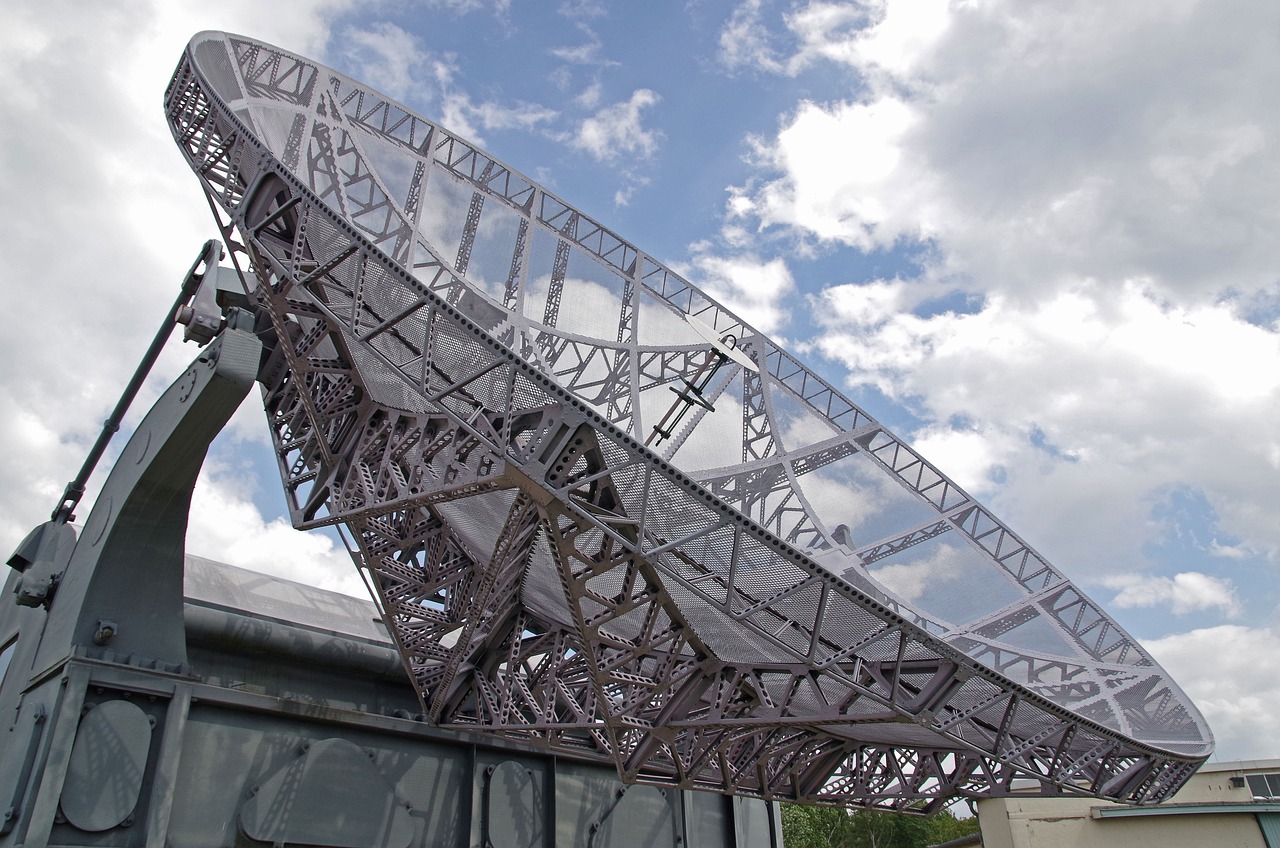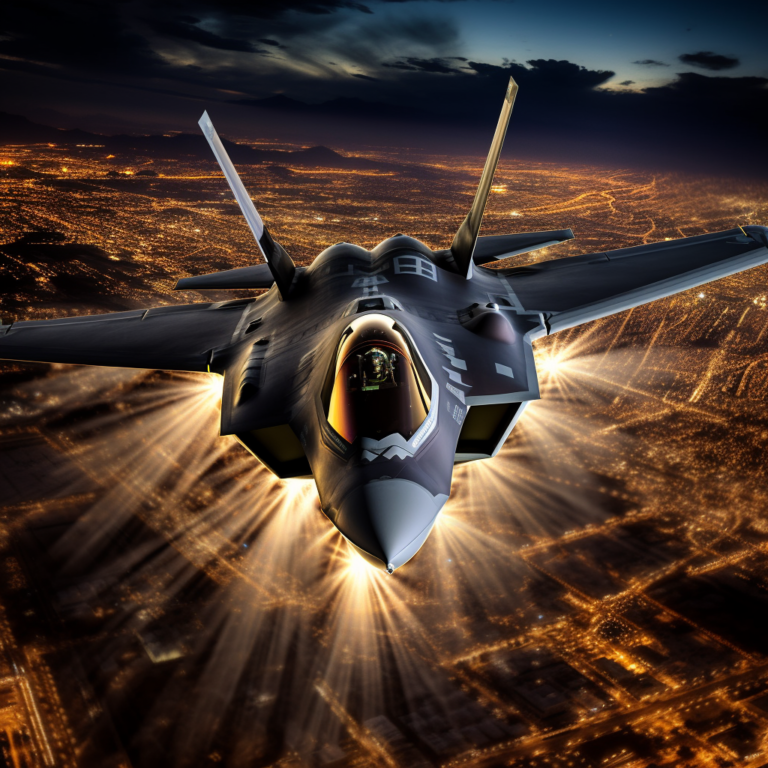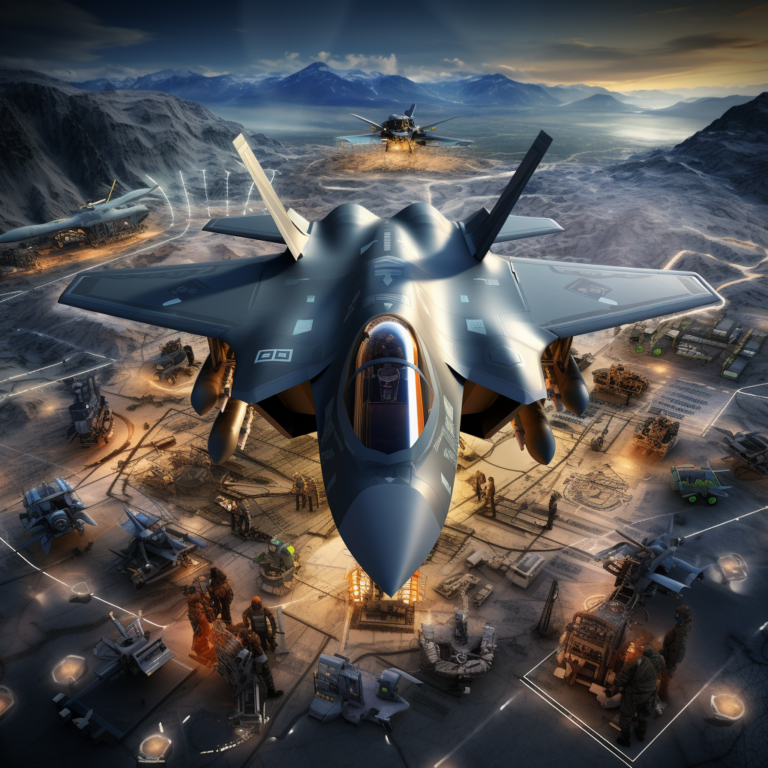In recent years, technological advancements have revolutionized almost every aspect of our lives. From smartphones to artificial intelligence, the world around us is constantly evolving. Naturally, the military sector has not been left behind in this wave of innovation. In this article, we will break down the latest developments in military technology, presenting a thorough analysis of the advancements shaping the future of armed forces worldwide.
One of the most significant breakthroughs in military technology is the rise of unmanned systems, commonly known as drones. These remote-controlled aircraft have proven to be game-changers on the battlefield. Initially used for reconnaissance purposes, drones now carry out both surveillance and combat missions. Armed drones have become a preferred choice for many countries, as they offer the advantage of conducting targeted strikes with minimal human risk. With improved range, endurance, and precision, drones have revolutionized modern warfare and redefined the traditional concept of combat.
Another area of remarkable progress is in the development of advanced materials. Scientists have been working tirelessly to create lighter, stronger, and more durable materials for military use. These materials have a wide range of applications, from protective gear to vehicle armor. For instance, the advent of carbon fiber has allowed for the creation of lightweight body armor that is significantly more effective in protecting soldiers against ballistic threats. These modern materials have not only enhanced the safety of our armed forces but have also contributed to the overall agility and mobility of military operations.
Artificial intelligence (AI) has also emerged as a significant player in military technology. AI-powered systems provide an array of advantages, including enhanced situational awareness, faster decision-making, and improved efficiency. For instance, AI algorithms can analyze vast amounts of data gathered from various sources, such as satellites, sensors, and surveillance platforms, in real-time. This capability enables military commanders to make well-informed decisions rapidly, increasing the effectiveness and success rate of operations. Additionally, AI can facilitate autonomous systems, which have potential applications in logistics, transportation, and even combat scenarios.
The development of directed energy weapons (DEWs) is yet another area in which military technology is advancing rapidly. DEWs employ concentrated beams of energy, such as lasers or microwaves, to destroy or disable targets. These weapons offer distinct advantages, such as almost instantaneous engagement and unlimited ammunition capacity. Moreover, they are cost-effective and have a reduced logistical burden compared to traditional ammunition-based weapons. As DEW technology becomes more mature and reliable, it is expected to play a significant role in shaping the future of modern warfare.
Furthermore, advances in cyber warfare capabilities have elevated the importance of cybersecurity in military operations. With an increasing reliance on digital systems, military establishments face the threat of potential cyber attacks from adversaries. As a result, the development of robust defense mechanisms and offensive cyber capabilities has become a top priority. Innovative technologies are being developed to detect, prevent, and counter cyber threats in real-time, ensuring the integrity and security of military networks and systems.
In conclusion, the latest developments in military technology are transforming the landscape of warfare and shaping the future of armed forces worldwide. From the rise of unmanned systems, advanced materials, and artificial intelligence to the emergence of directed energy weapons and advancements in cybersecurity, each development brings a unique set of advantages and challenges. It is essential for military establishments to continue investing in research and development, staying abreast of the latest technological advancements, and effectively integrating these innovations into their existing strategies and operations. Only by doing so can they maintain a competitive edge and adapt to the ever-evolving nature of modern warfare.





